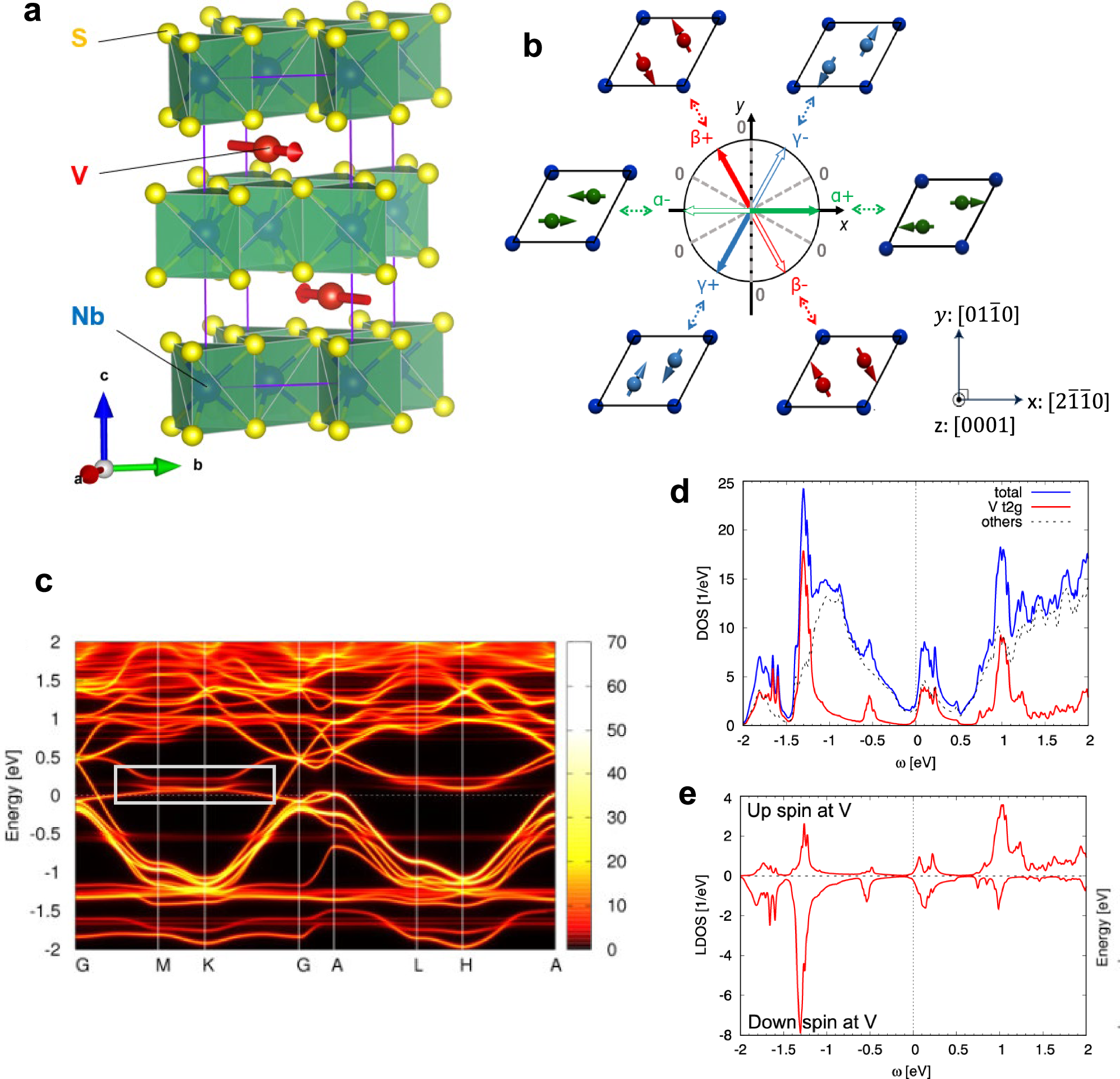2025-04-09 筑波大学
<関連情報>
- https://www.tsukuba.ac.jp/journal/technology-materials/20250409150000.html
- https://www.tsukuba.ac.jp/journal/pdf/p20250409150000.pdf
- https://www.nature.com/articles/s41598-025-94454-8
ガラスにおけるボゾンピークと第一鋭回折ピークの関係 Relationship between the boson peak and first sharp diffraction peak in glasses
Dan Kyotani,Soo Han Oh,Suguru Kitani,Yasuhiro Fujii,Hiroyuki Hijiya,Hideyuki Mizuno,Shinji Kohara,Akitoshi Koreeda,Atsunobu Masuno,Hitoshi Kawaji,Seiji Kojima,Yohei Yamamoto & Tatsuya Mori
Scientific Reports Published:20 March 2025
DOI:https://doi.org/10.1038/s41598-025-94454-8

Abstract
Boson peak (BP) dynamics refers to the universal excitation in the terahertz region of glass. In this study, the universal dynamics of BP were quantitatively evaluated in various glassy materials based on the heterogeneous elasticity theory (HET), and the determinants of BP were successfully extracted. A strong correlation was observed between the maximum possible coarse-graining wavenumber, which is a determinant of the BP in the HET, and the first sharp diffraction peak (FSDP) wavenumber, which is a characteristic index of the medium-range order in glasses. The results indicate that the behaviour of BP in glass can be quantitatively understood in the following two steps. First, the FSDP representing the largest structural correlation in glass is dominantly used to determine the unit size of the elastic modulus heterogeneity, and second, the magnitude of the elastic modulus fluctuation is used to determine the frequency and intensity of the BP.



